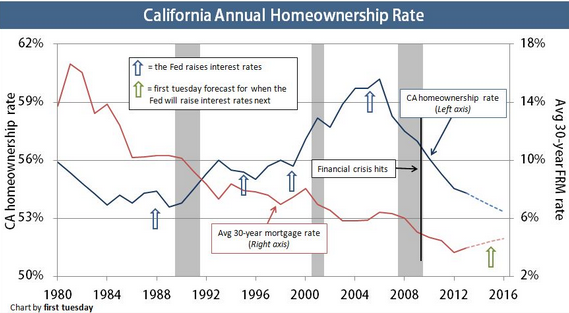 Introduction: Wendy McElroy is a prolific book author, columnist, speaker and contributor to prestigious journals and magazines, often with an “alternative” slant. She made her reputation as a young writer commenting from a libertarian standpoint on feminism, and taking a pro-pornography position that was anathema to the feminist “old guard” that saw pornography as a tool of chauvinist oppression. McElroy has continued to speak out, nonetheless, on issues of the most importance to her: libertarianism, anarchism and, of course, feminism. She has served as a weekly columnist for FoxNews.com and is the editor of the feminist website ifeminists.com. McElroy is also a research fellow at the Independent Institute, and contributing editor to The Dollar Vigilante, Ideas on Liberty (formerly The Freeman), The New Libertarian, Free Inquiry and Liberty magazines. Her writing has appeared in such diverse periodicals as National Review, Marie Claire and Penthouse. For over a decade, McElroy was a series editor for Knowledge Products. She has written and edited many documentary scripts for audio cassette, some of which were narrated by Walter Cronkite, George C. Scott and Harry Reasoner. Ms. McElroy contributes a weekly column to The Daily Bell. Her most recent book is The Art of Being Free: Politics versus the Everyman and Woman.
Introduction: Wendy McElroy is a prolific book author, columnist, speaker and contributor to prestigious journals and magazines, often with an “alternative” slant. She made her reputation as a young writer commenting from a libertarian standpoint on feminism, and taking a pro-pornography position that was anathema to the feminist “old guard” that saw pornography as a tool of chauvinist oppression. McElroy has continued to speak out, nonetheless, on issues of the most importance to her: libertarianism, anarchism and, of course, feminism. She has served as a weekly columnist for FoxNews.com and is the editor of the feminist website ifeminists.com. McElroy is also a research fellow at the Independent Institute, and contributing editor to The Dollar Vigilante, Ideas on Liberty (formerly The Freeman), The New Libertarian, Free Inquiry and Liberty magazines. Her writing has appeared in such diverse periodicals as National Review, Marie Claire and Penthouse. For over a decade, McElroy was a series editor for Knowledge Products. She has written and edited many documentary scripts for audio cassette, some of which were narrated by Walter Cronkite, George C. Scott and Harry Reasoner. Ms. McElroy contributes a weekly column to The Daily Bell. Her most recent book is The Art of Being Free: Politics versus the Everyman and Woman.
Daily Bell: Thanks for speaking with us again. How are you?
Wendy McElroy: Doing well, thank you. Life has been a wild ride of late but I am looking forward to a long, hard winter because it will give me the excuse I need to spend every day in front of my computer, writing. Other than time spent with my husband, I’m never happier than when I’m workin’ the words. And I am jazzed about a new book I’m doing about non-political strategies through which to pursue freedom, especially on a personal level in daily life.
Daily Bell: Your editorial, “The Fate of Galt’s Gulch Chile,” which we published at The Daily Bell in August, received an enormous amount of attention. Can you provide a brief history of your involvement in GGC and summary of the points made in your editorial for those not aware of the background?
This post was published at The Daily Bell on September 28, 2014.
 “The truth is, although both incidents do reveal something about the way the powerful and famous get away with more stuff than the rest of us, there’s no real comparison. The Segarra Tapes actually reveal little or nothing that was not already known, assuming you have a shred of understanding how the Federal Reserve banks actually work. Nor is William Dudley, the president of the Federal Reserve Bank of New York, about to get pilloried in public like NFL Commissioner Roger Goodell.
“The truth is, although both incidents do reveal something about the way the powerful and famous get away with more stuff than the rest of us, there’s no real comparison. The Segarra Tapes actually reveal little or nothing that was not already known, assuming you have a shred of understanding how the Federal Reserve banks actually work. Nor is William Dudley, the president of the Federal Reserve Bank of New York, about to get pilloried in public like NFL Commissioner Roger Goodell.



















 Follow on Twitter
Follow on Twitter
Recent Comments